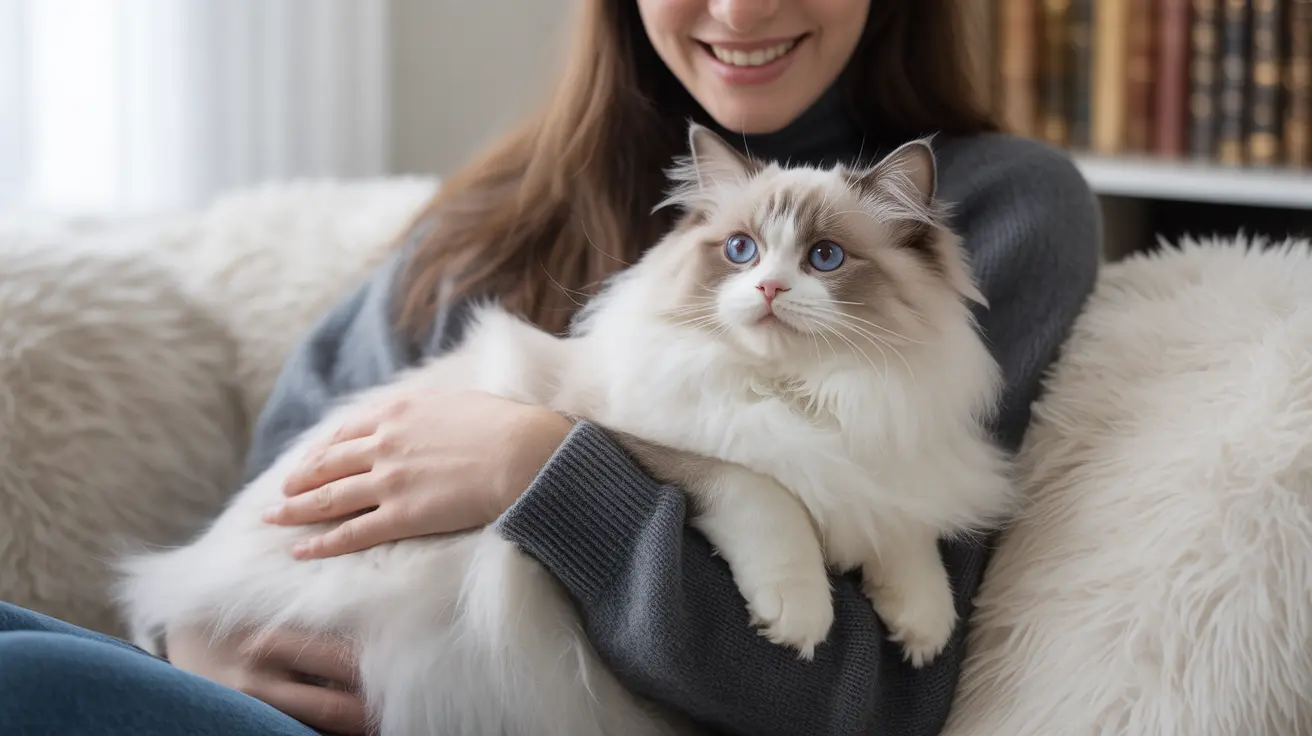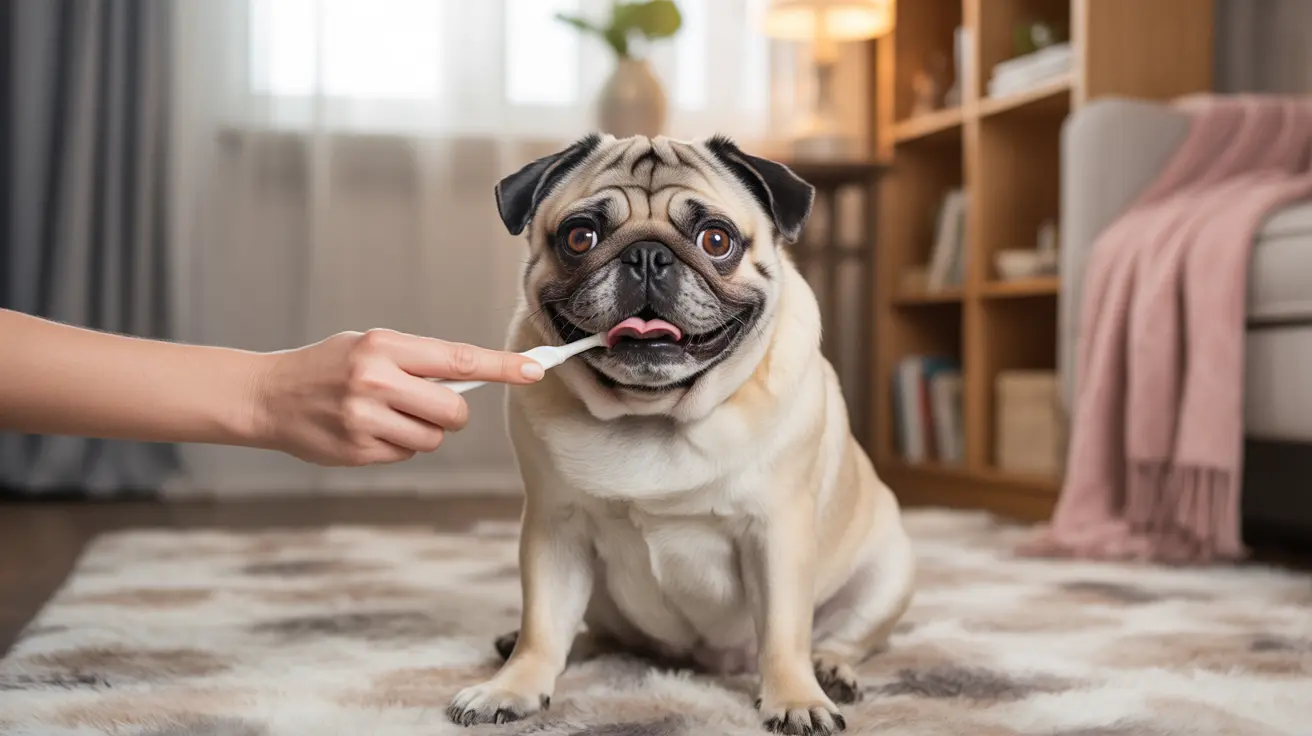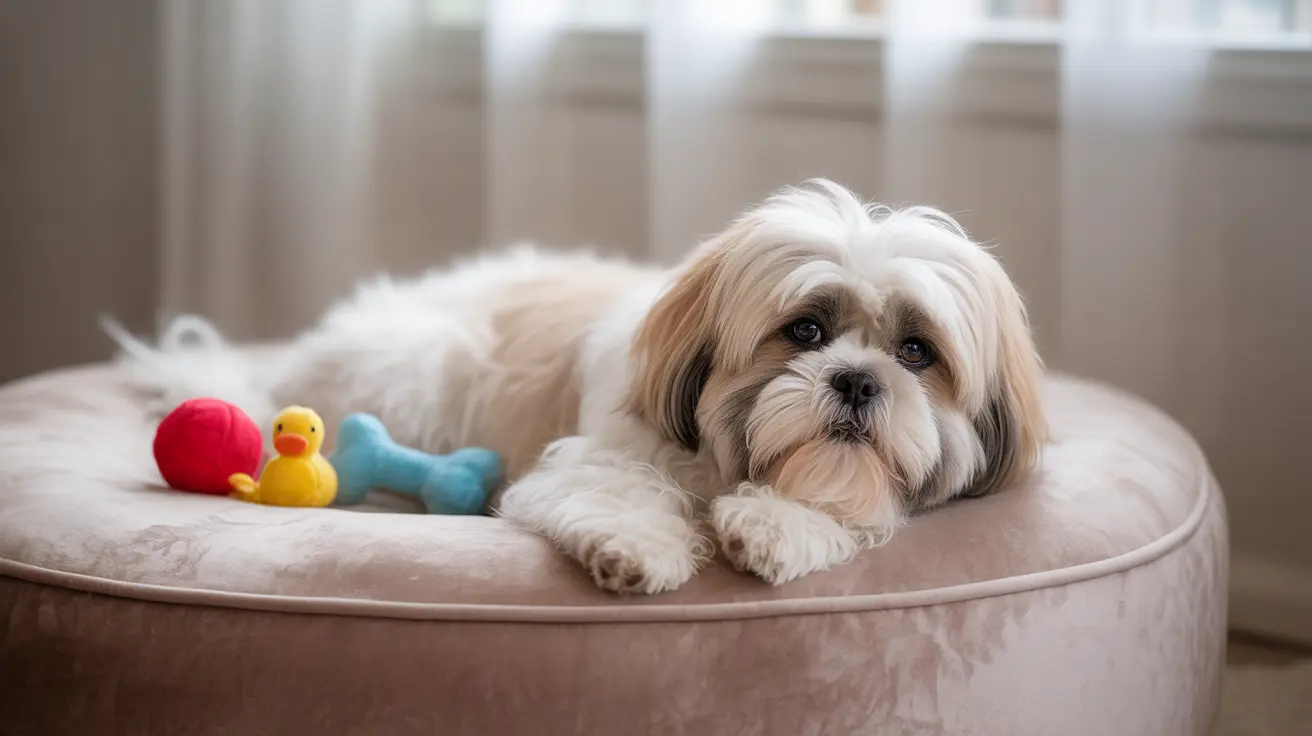The Biology of Cat Cuddles
When cats engage in cuddling behavior, their bodies release oxytocin, often called the "bonding hormone." This chemical response strengthens emotional connections between cats and their chosen cuddle partners, whether fellow felines or human companions. The same hormone release occurs in humans during these interactions, creating a mutually beneficial bonding experience.
Physical contact during cuddling also helps regulate body temperature, particularly important for kittens and their littermates. This evolutionary advantage explains why many adult cats continue to seek warm, close contact with their trusted companions.
Understanding Your Cat's Cuddling Style
Every cat has a unique approach to showing affection. Some cats are natural lap warmers, while others prefer to show their love from a slight distance. This variation stems from several factors:
- Early socialization experiences
- Individual temperament
- Past interactions with humans and other animals
- Genetic predisposition
- Current environmental factors
Understanding and respecting these individual preferences is crucial for building trust and encouraging positive cuddling experiences.
Health Benefits of Cat Cuddles
The act of cuddling with cats offers numerous health benefits for both felines and their human companions. Scientific studies have shown that regular positive physical contact with cats can:
- Reduce stress levels and lower blood pressure in humans
- Decrease anxiety and depression symptoms
- Boost immune system function
- Promote better sleep quality
- Enhance emotional well-being for both cats and owners
Reading Your Cat's Cuddle Signals
Cats communicate their desire for physical affection through various body language cues. Understanding these signals helps ensure positive cuddling experiences:
Positive Signs:
- Slow blinking
- Relaxed whiskers
- Gentle purring
- Kneading behavior
- Raised tail with a slight curve
Warning Signs:
- Tail lashing
- Skin twitching
- Ears flattened
- Growling or hissing
- Attempts to move away
Building Better Cuddle Bonds
Developing a strong cuddling relationship with your cat requires patience, respect, and understanding. Focus on:
- Letting your cat initiate physical contact
- Creating comfortable, safe spaces for interaction
- Responding positively to their affection signals
- Respecting their boundaries when they need space
- Maintaining consistency in your responses
Frequently Asked Questions
Why do some cats love cuddling while others prefer to keep their distance?
Individual personality, early socialization experiences, and genetic factors all influence a cat's preference for physical contact. Some cats naturally seek more physical affection, while others may feel more comfortable showing love in different ways.
How can I tell if my cat wants to cuddle or needs space?
Watch for positive body language signals like slow blinking, relaxed posture, and gentle purring. If your cat shows signs of stress like tail lashing or trying to move away, respect their need for space.
What are the health benefits of cuddling with my cat for both of us?
Cuddling releases oxytocin in both cats and humans, reducing stress, lowering blood pressure, and strengthening emotional bonds. Regular positive physical contact can improve mental and physical well-being for both species.
How do cats show affection when cuddling besides snuggling on laps?
Cats display affection through head bunting, slow blinking, kneading, gentle grooming, and simply staying close by. These behaviors all indicate trust and emotional attachment.
What's the best way to encourage a shy or anxious cat to enjoy cuddling?
Let the cat set the pace for physical interaction, create safe spaces, use positive reinforcement, and never force contact. Gradually build trust through consistent, gentle interactions and respect for their boundaries.






